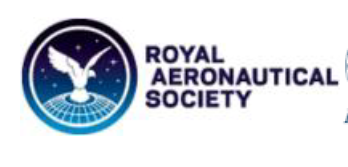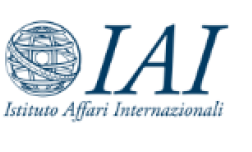-
StatusCompleted
-
Status date2019-10-15
-
Activity Code1A.075
This study aims at better understanding and assessing the influence of States on the Satcom market. The final objective is to provide the European Space Agency (ESA) and its member States with possible options to improve the efficiency of the European public policy in this domain and help organize a better environment for the Satcom activity both in industrial and economical terms.
The study has been relying on three main investigation domains:
- A functional description of the Satcom activity and related markets. The accent is put on the relationships between government policies and the commercial Satcom sector.
- A review of the main policies existing worldwide having an impact on the activity. This encompasses policies related to exiting legal barriers and institutional measures affecting the activity; but also exiting initiatives taken by private users possibly with additional current or expected effects.
- A review of the impact of these different government and private actions on the ARTES States industry; leading to identification of options for ESA and at other policy levels in Europe.
The study concludes with a number of policy-level recommendations to confront with current and specific trends worldwide.
The study has identified a few examples of private sector initiatives that may have an impact on the market by potentially affecting the commercial competition. Examples of such initiatives are the Space Data Association (SDA) , the Satellite User Interference Reduction Group (SUIRG), the establishment of the COMmercial SPace Operation Center, COMSPOC.
Institutional policies have also been reviewed. It was found that the manufacturing market remains largely influenced by State-oriented space networks using R&D investment as a preferred tool; the operator segment of the value-chain remains highly impacted by national governments policy and International governmental institutions (with a moderate role of supranational institutions as the EU), with a dominant role taken by the telecommunication policy networks having a very high impact in the regulatory domain.
The state policies of the U.S. and China have also been reviewed.
Options for ESA to involve operators in technology acquisition, more emphasis on security R&D for dual use have been detailed in the activity.
The project has been completed in 2014.





